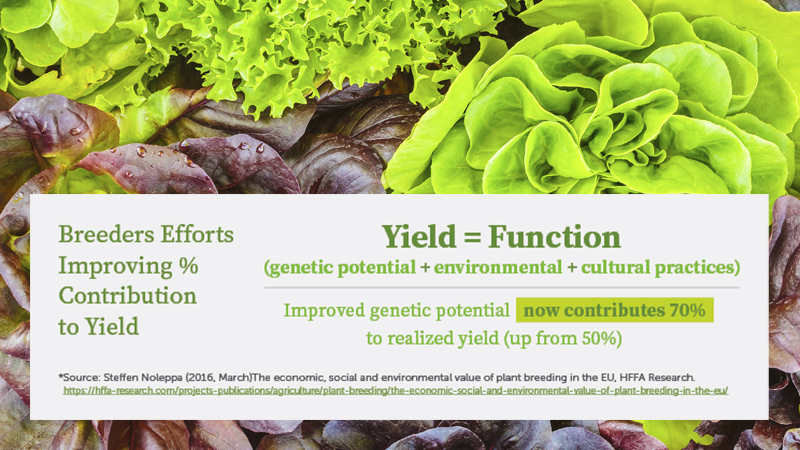Tips To Tame Tomato Fruitworm, A Formidable Foe in the Field

The tomato fruitworm attacks valuable crops and usually targets the harvested portion of the crop.
Photo by Alton Sparks
The tomato fruitworm (Helicoverpa zea) is considered by some to be the costliest crop pest in North America. Larvae of tomato fruitworm vary in color. The head is typically orange or light brown with body colors ranging from very dark to light green or pink with alternating longitudinal dark and light stripes. Close examination of the larva will reveal micro spines, which give the body a rough feel. The light-colored head and spines help distinguish this pest from other common vegetable worms.
Adult moths are active at night. Tomato fruitworm adults are medium-sized moths that are pale-tan to medium-brown colored or sometimes have a slight greenish tinge.
When there is fruit present, the tomato fruitworm will complete its larval development inside fruit. During development, caterpillars may emerge from one fruit and enter another. Their feeding results in a messy, watery, internal cavity filled with cast skins and feces. Damaged fruit will ripen prematurely. Larvae consume very little foliage.
In fresh market tomatoes, any feeding results in unmarketable fruit that will need to be culled at harvest or in the packing shed.
In addition to corn and tomato, its most favored vegetable hosts, the tomato fruitworm also attacks a wide range of agronomic and vegetable crops. Due to its extremely wide host range, this caterpillar goes by a variety of names depending on the crop being attacked (e.g., soybean podworm or corn earworm).
Survival and Spread
This species is active throughout the year in subtropical climates, with as many as seven generations in Southern Florida. The life cycle can be completed in about 30 days.
Eggs are waxy white and ribbed. They are laid singly under the surface of leaves or sometimes on petals of flowers. Females can lay from 500 to 3,000 eggs.
Upon hatching, tomato fruitworm larvae wander about the plant until they encounter a suitable feeding site. Soon after hatching, the larvae burrow into the fruit, usually near the calyx, and remain inside feeding on the flesh. Infested fruit decay, turn red, and fall off the plant early, reducing yield. Mature larvae drop to the ground where they burrow into the soil and pupate.
Management Methods
Regular field monitoring is important in detecting and managing this pest. Insecticide treatment may be necessary when monitoring indicates a need.
Start scouting at the seedling stage and continue through harvest. Inspect the upper part of the plants for fruitworm eggs.
Timing of sprays is critical because the worms enter the fruit shortly after hatching and are thus susceptible to the pesticide for only a brief period.
Because they have been treated frequently, and over a wide geographic area, tomato fruit has become resistant to many insecticides. Fortunately for growers, there are several insecticides with good activity on lepidopteran pests that provide good control.
Consult UF/IFAS recommendations for currently labeled insecticides for tomato fruitworm control in Florida.










